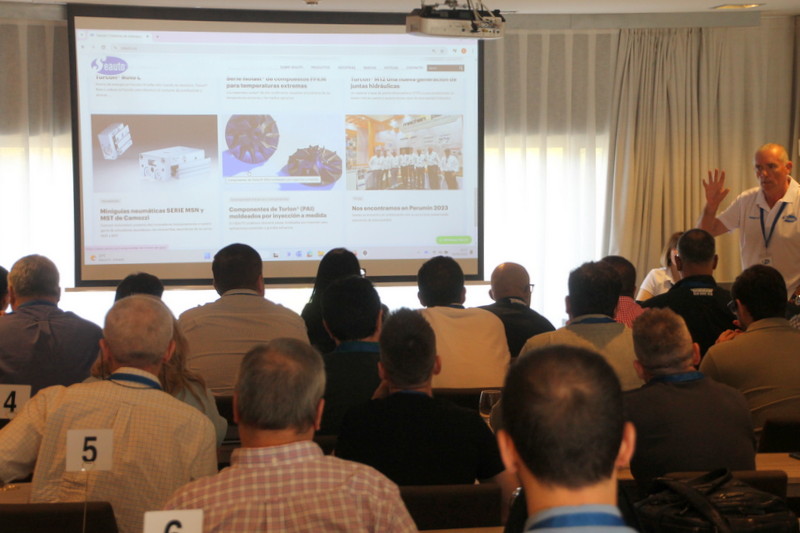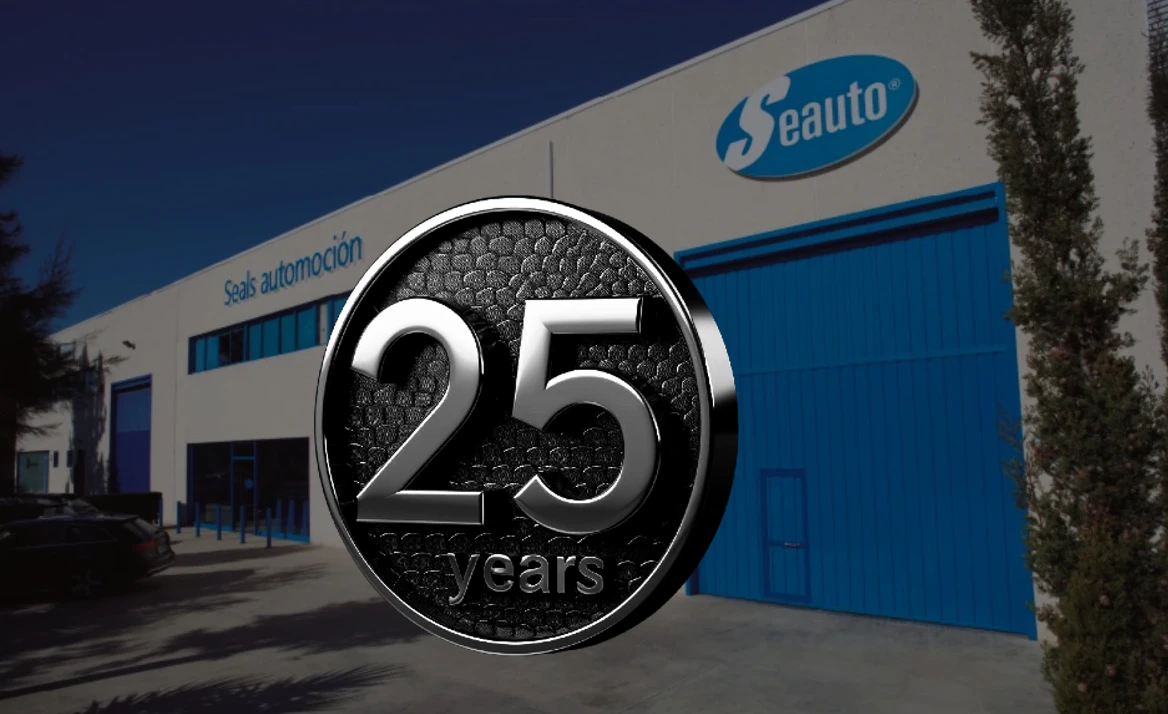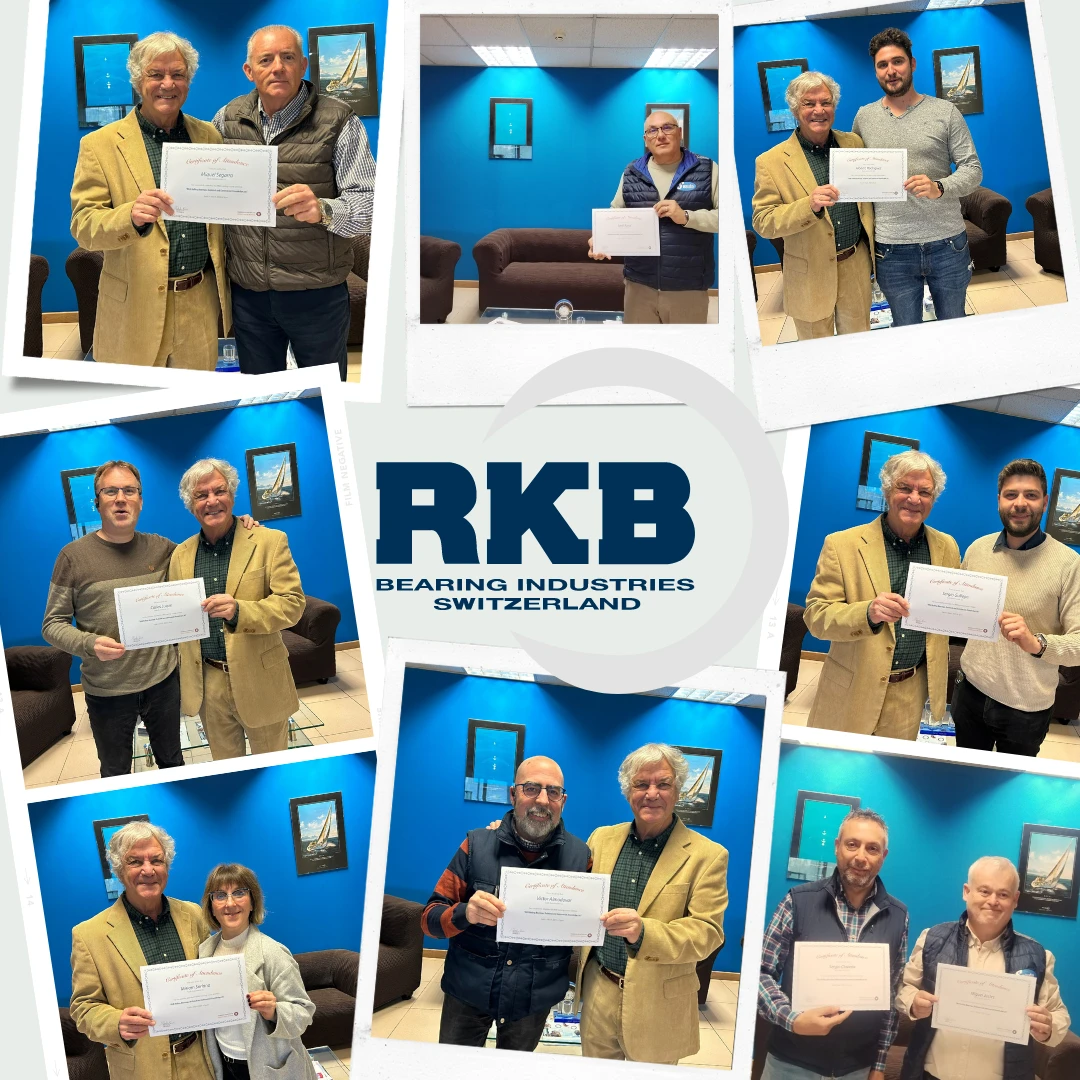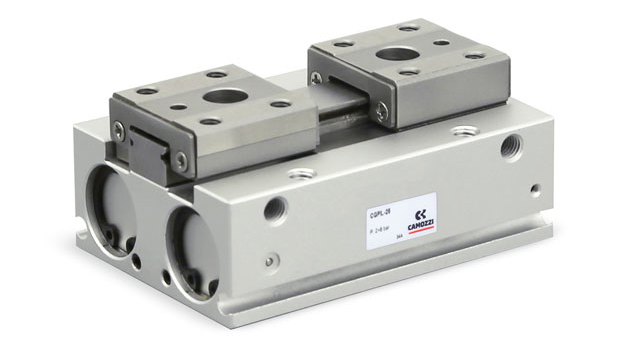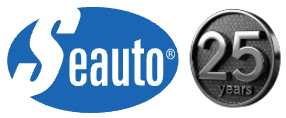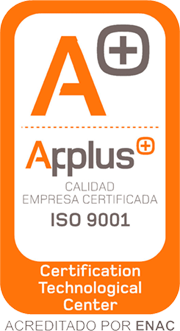When designing seals for complex applications, the O-ring should be a key consideration. The choice of the right O-ring for harsh environments will determine the success or failure of the seal. It can be difficult to find a well-designed O-ring made of the right material for your environment, but you can start by considering the major factors that will affect your seal, among others:
- Temperature
- Chemical exposure / contamination
- Steam
- Pressure
- Dynamic or static applications
- Availability of materials
Once these parameters have been determined, you can tackle the next hurdle: choosing the O-ring material.
CHOICE OF O-RING MATERIAL
Depending on your parameters and application, certain rubbers or plastics may be more suitable for your needs. We have compiled a list of five common ideas that are best suited to various applications and price points.
PERFLUOROELASTOMERS (FFKM)
Perfluoroelastomer (also known as FFKM) was first developed in the 1960s. It is a carbon-based fluorinated synthetic rubber. FFKM is known for its chemical and thermal resistance and high performance. FFKM is the typical choice for many applications. Although it can be expensive, FFKM tends to last longer than inferior alternatives, making it more cost-effective in the long run.
ADVANTAGES:
-
- High temperatures, up to approximately 330°C and lower temperatures, down to -45°C.
- Near universal chemical compatibility
- Excellent resistance to gas and liquid permeation
- Excellent weather and ozone resistance
- Self-extinguishing and non-flammable in air
- Low outgassing properties (low extractables)
- Good mechanical properties, improving sealing performance
- Suitable for explosive decompression, CIP (clean-in-place), SIP (steam-in-place), USP Class VI and FDA
DISADVANTAGES
-
- FFKM should not be used with molten or gaseous alkali metals.
- Higher cost
FOR WHICH APPLICATIONS IS FFKM BEST SUITED?
FFKM is best suited for high temperature applications where other materials would fail. We see FFKM in almost every industry, but especially in oil and gas (where its rapid gas decompression and explosive decompression qualities are critical), medical and pharmaceutical applications (as it can withstand autoclaving and gamma radiation), and semiconductors.
Applications
- Liquid chromatography equipment
- Mechanical seals
- Painting equipment
- Pumps and valves
- Aerospace fuels, and oils
Semiconductor applications:
- Sprayers, injectors and chemical reactors
- Connectors, controls and filters
- Petrochemical equipment, sour gas
- Ink handling and spraying equipment
- Inorganic and organic acids and alkynes
- Ketones, Esters, Esters, Ethers, Aldehydes
- Engraving
- LPCVD
- Litho/Track
- ECP
- Exhaust valves
Denominations:
FFKM according to American ASTM 1418) is the equivalent of FFPM according to ISO/DIN 1629).
Some of our products:
Isolast® PureFab™ FFKM from Trelleborg one of the applications for semiconductors
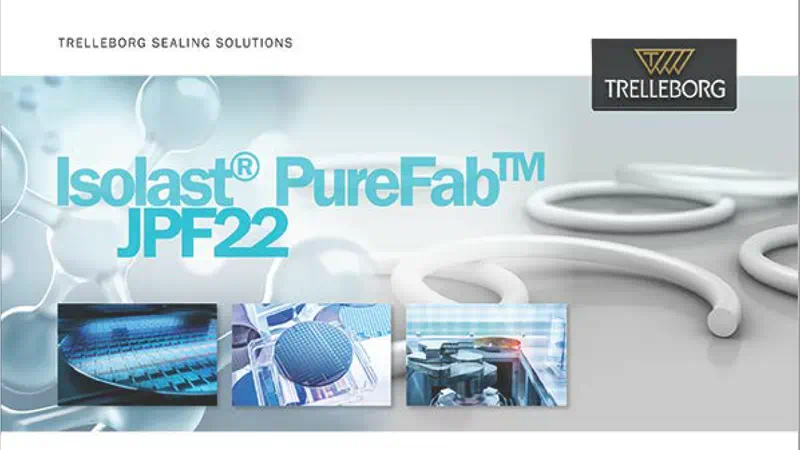
FLUOROELASTOMERS (FKM)
The term FKM stands for Fluoroelastomer (Fluor Carbon Monomer). This type of material was developed during World War II as an antidote to the leaking nitrile seals that plagued aircraft of the time. The fluorinated polymers that were developed as a solution to this problem contained chemically inert fluorocarbon bonds that offer a combination of high temperature performance and high chemical resistance. There are two main types of FKM:
FKM type 1 and type 2. These grades were commercialized in the 1950s. The fluorine content of this material, which ranges from 26.7% to 67%, offers greater chemical resistance.
ADVANTAGES:
- Wide range of temperatures it can withstand,
- Chemical resistance, its excellent
- Resistance to weathering and ozone, its
- Higher resistance to combustion than non-fluorinated hydrocarbons,
- High density
- High quality touch
- Good mechanical properties
DISADVANTAGES:
- Tendency to swell in fluorinated solvents
- Impossibility of use with molten or gaseous alkaline metals
- Higher price compared to other non-fluorinated hydrocarbons
- Quick failure to choose the wrong grade, etc.
Applications
Applications for FKM material include automotive, chemical processing, oil and gas production, heavy machinery and aerospace applications.
Not to be confused:
The terms FPM, FKM and Viton® often lead to confusion and misinterpretation. In reality, all these designations correspond to a single base material: fluorinated rubber.
FPM is the international abbreviation according to DIN/ISO, while FPM is the international abbreviation according to DIN/ISO, while FPM is the international abbreviation according to DIN/ISO.
FKM is the abbreviated form of the fluoroelastomer category according to the American ASTM standard.
Viton® is the registered trademark of DuPont Performance Elastomers.
The key difference between FKM and FFKM is that FKM offers a lower degree of versatility compared to FFKM. FFKM can withstand comparatively higher temperatures than FKM. In addition, FKM is more resistant to combustion than non-fluorinated hydrocarbon compounds, while FFKM is self-extinguishing and non-flammable in air. Furthermore, in terms of applications, FKM is used in automotive, chemical processing, oil and gas production, heavy machinery, aerospace applications, etc., while FFKM is useful as a common accessory in the aerospace and automotive industries.
POLYTETRAFLUOROETHYLENE (PTFE)
Polytetrafluoroethylene is also known as PTFE or by its trade name Teflon. Similar to FFKM, PTFE has a high molecular weight of fluorine and carbon. However, PTFE is a hard plastic, so it is inelastic and very rigid, while FFKM is extremely flexible.
-
ADVANTAGES:
- It is unaffected by known acids, alkalis and solvents, giving it maximum chemical resistance.
- Low coefficient of friction, making it an excellent non-stick option
- Very wide temperature range, from –200°C to 250°C
- Chemically inert
- Self-cleaning
- Durable
- Non-flammable
- Good corrosion resistance
- High electrical resistance
-
DISADVANTAGES:
- Very hard; therefore, it has a poor compression set.
- Cannot be cemented
- Cannot be welded
PTFE applications
PTFE is best suited for applications that do not require high compression set, but excellent chemical and thermal resistance. This includes medical devices, coatings and pest control. It also works well at ultra-low temperatures, such as in the aerospace and automotive industries.
ETHYLENE PROPYLENE (EPDM)
Ethylene propylene (EPDM) is an extremely durable copolymer that offers some of the best cold resistance available.
-
ADVANTAGES:
- Excellent ozone, sunlight and weather resistance
- Can withstand extremely cold temperatures, with an operating temperature as low as -50°C (with maximums of 150°C).
- Compresses well
- Highly resistant to tearing, abrasion and water vapor
- Adheres very well to metal
- Works well with adhesives
-
DISADVANTAGES
- Does not get along well with fuels, oils and non-polar solvents
EPDM applications
EPDM is one of the most versatile types of rubber and the most suitable for outdoor applications. It is highly resistant to aging, even when exposed to the most aggressive external conditions: steam, UV rays, ozone, saltpeter or extreme weather conditions. EPDM sheets maintain their properties even when subjected to a wide range of temperature differences. As a result, it is consistently used in general industry and in construction, automotive, marine and outdoor applications, and even in food ranges such as Trelleborg’s FoodPro
NITRILE BUTADIENE RUBBER (NBR) or Buna-N
Nitrile butadiene rubber (NBR) or Buna-N is one of the most popular elastomers on the market. Invented in the 1930s in Germany by BASF. It is very common in many applications due to its low cost and wide range of advantages. NBR can be a potential solution for harsh environments, such as extremely abrasive applications.
-
ADVANTAGES:
- Excellent abrasion resistance.
- Good compression
- Good resistance to tearing
- Good resistance to non-polar solvents
- Good water resistance
- Good oil resistance
- Cheaper than fluoroelastomers
- Good resistance to low temperatures down to -54°C
- Good resistance to oils and fuels
- Low cost
-
DISADVANTAGES:
- Poor ozone, sunlight and weather resistance
- Limited resistance to high temperatures
- Low flame resistance
NBR applications
NBR (Nitrile rubber) or Buna-N is universally used in basic sealing applications because it is low cost and offers many advantages in addition to its physical properties. We see it often in automotive, water treatment and filtration, and pool and spa applications.
In harsh environments, NBR excels in aerospace and other low-temperature applications. It also works well in dynamic applications where other polymers would fail.
And what would be the decision?
In harsh environments, the first thing to do is to choose the right material for your O-ring, but there are many other considerations. You may need a different shape or size than originally planned. Even if you initially thought of NBR because of its price, it may fail so often that an FFKM O-ring could have saved you money from the start, even with a larger initial investment.
The best thing you can do to make the final decision is to work with a sealing expert who can provide you with expertise and customized solutions. Take this example, for example, when a manufacturer of high pressure vessels turned to our Marco Rubber engineers for a solution.
They needed a gasket for a high-pressure, high-temperature vessel that had to withstand 20,000 PSI and temperatures up to 550°F. As an added difficulty: it had to fit in a normal O-ring groove without support rings.
Our team was able to identify one of our proprietary high-temperature perfluoroelastomer compounds, Markez Z1028, which can withstand temperatures up to 600°F. Our experts also identified some design components that could be improved to avoid the formation of an extrusion gap in metal joints at high temperatures.
By making these changes and using the recommended Markez compound, this manufacturer obtained a functional joint that passed all required tests and was put into operation.
Our FFKM line from Trelleborg has been the solution for many manufacturers. We have compounds to suit almost every need, including one that is manufactured, cleaned and packaged in a clean room for ultra-pure requirements. It is available at a fraction of the cost and lead time of other FFKM formulations, with an average lead time of 6-8 weeks.
